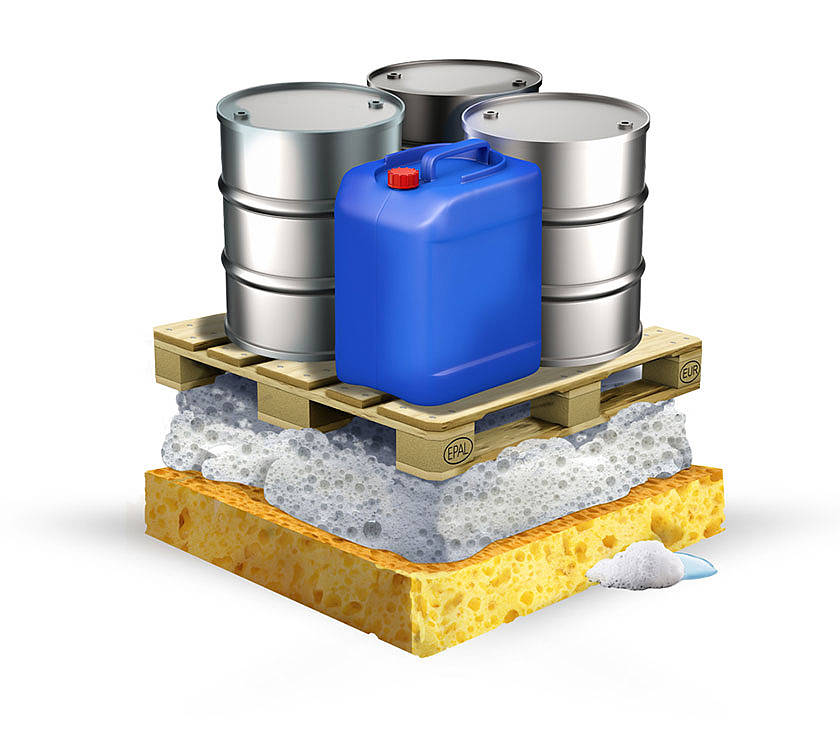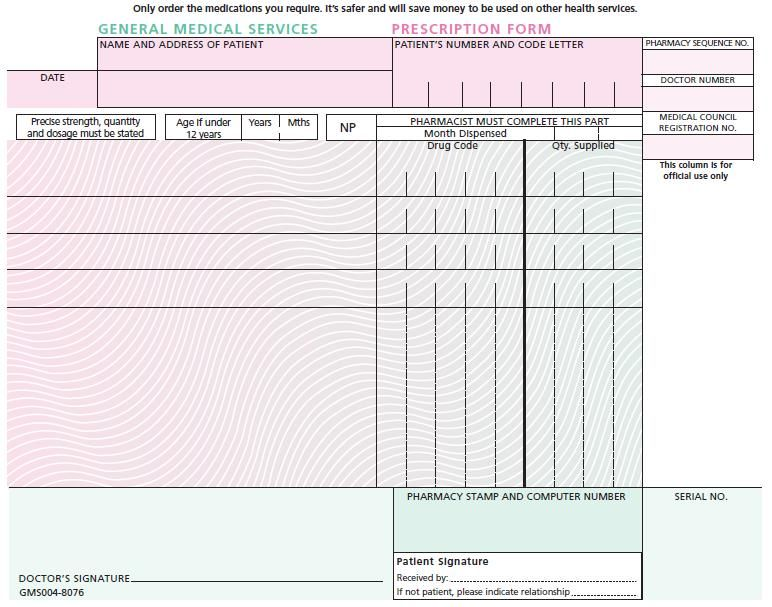Industrial chemicals play a pivotal role in our everyday lives, hidden in the products we often take for granted. From the electronics we use to the clothing we wear, these substances have a profound impact on both our health and the environment. However, many of these industrial chemicals pose potential hazards, raising concerns about chemical safety and environmental health. The growing awareness of the health impact of chemicals—especially toxic chemicals in products—demands rigorous chemical hazard assessments. Making informed choices about the industrial chemicals that permeate our lives is essential to safeguarding public health and promoting a safer, more sustainable future.
In the realm of synthetic compounds and chemical substances, the conversation around their presence in daily items has become increasingly urgent. Often referred to as industrial substances or synthetic chemicals, these materials are integral to manufacturing and production processes across various industries. Such substances can drastically influence our well-being and ecological systems, leading to discussions surrounding chemical safety and environmental protection. As industries strive to improve transparency regarding these chemicals, the focus is shifting toward understanding their potential health risks and developing comprehensive assessments to manage chemical hazards effectively. Ultimately, it is critical for consumers, manufacturers, and regulators to collaborate in ensuring that the chemicals utilized in products are safe for both people and the planet.
Understanding Industrial Chemicals and Their Impact on Health
Industrial chemicals are ubiquitous in our daily lives, contributing to the manufacture of a vast array of products, from clothing to electronics. Many of these chemicals, while essential for production, can pose significant health risks. As we increasingly scrutinize the contents of everyday items, the relationship between industrial chemicals and health becomes ever clearer. Vital studies aim to trace the health impacts of these substances, particularly those associated with toxic chemical exposures in consumer products.
Advancements in chemical hazard assessments provide much-needed insight into the potential dangers lurking in the products we use. For example, ChemFORWARD’s extensive database categorizes chemicals based on their health impact, such as carcinogenicity and reproductive toxicity. This information is crucial for consumers and businesses alike, as it promotes informed decision-making that prioritizes safety and environmental health.
The Role of Chemical Hazard Assessments in Ensuring Safety
Chemical hazard assessments (CHAs) play a vital role in evaluating the safety of industrial chemicals in various products. These assessments are essential for identifying potential risks associated with chemical exposure and informing stakeholders about safer alternatives. Organizations like ChemFORWARD lead the charge in compiling and maintaining these assessments, creating a critical resource for companies aiming to minimize chemical risks in their supply chains.
The growing focus on health impact and environmental health underscores the importance of these assessments. As consumers demand transparency, businesses must adopt comprehensive strategies that include understanding the toxicological profiles of the materials they use. By aligning product development with rigorous chemical hazard assessments, companies can not only prevent health hazards but also reinforce their commitment to corporate social responsibility.
Chemical Safety and Environmental Health: A Crucial Intersection
The intersection of chemical safety and environmental health is increasingly recognized as a crucial area of concern. With thousands of chemicals circulating in various industries, the potential for toxic exposure raises significant public health issues. Recognizing this danger, organizations like ChemFORWARD are working to create safe products that prioritize both human safety and environmental integrity by leveraging verified chemical hazard assessments.
Initiatives focused on chemical safety involve extensive evaluations that consider not only the immediate health risks but also long-term environmental impacts. This dual approach helps to ensure that industries don’t merely comply with regulations but actively contribute to a safer, healthier world. By prioritizing both safety and environmental health, companies can improve consumer confidence and foster sustainable practices.
Challenges Faced by the Private Sector in Reducing Chemical Hazards
Despite well-intentioned efforts, many companies confront significant challenges in reducing chemical hazards within their products. A key barrier is the lack of regulatory requirements for comprehensive chemical vetting before use, resulting in disjointed data and limited access to chemical hazard assessments. This situation complicates efforts to safeguard public health and incentivizes the need for enhanced cooperation between industries and safety organizations.
Companies striving to navigate this complex landscape must invest in understanding their supply chains and identifying potentially harmful chemicals. Collaborative initiatives, such as partnerships with organizations like ChemFORWARD, are instrumental in overcoming these challenges by providing access to critical data that can guide safer product development. Such partnerships represent essential progress in the journey towards creating safer consumer products.
Toxic Chemicals in Products: Awareness and Action
Awareness of toxic chemicals in consumer products has grown significantly over the past few years, prompting both consumers and businesses to take action. Many people are now actively seeking out products that are certified as safe and free from harmful substances. This heightened awareness is affecting purchasing decisions, leading to greater demand for transparency regarding chemical composition.
Effective communication about the presence and dangers of toxic chemicals is paramount. Companies that are transparent about their use of industrial chemicals and provide evidence of chemical hazard assessments are more likely to earn consumer trust. By investing in safer alternatives and clearly communicating these efforts, businesses can meet the demand for safety while also protecting public health.
Promoting Environmental Health Through Safer Chemicals
Promoting environmental health through the use of safer chemicals is an integral part of sustainable product development. The manufacturing processes of many consumer goods often employ hazardous substances that can have lasting effects on ecosystems. Organizations like ChemFORWARD aim to promote safer chemical alternatives, which will not only protect consumers but also contribute to the overall health of the environment.
By implementing safer chemical practices, companies can minimize pollution and reduce their environmental footprint. Measures such as investing in greener technologies and choosing sustainable materials can support the quest for environmental health. Moreover, collaboration across sectors can facilitate the shared use of chemical hazard data, ensuring more comprehensive and cohesive safety strategies.
The Importance of Transparency in Chemical Safety
Transparency in chemical safety is becoming a critical requirement in today’s market. As consumers become increasingly educated about the potential impacts of chemicals, they demand more information about what is present in the products they use. This demand is driving companies to prioritize transparency and accountability in their supply chains, particularly concerning the industrial chemicals involved in their manufacturing.
Implementation of rigorous chemical hazard assessments is one way companies can foster transparency. By openly sharing the potential risks associated with their products, businesses can build trust with consumers and advocate for a safer environment. This openness not only enhances brand reputation but also aligns with broader environmental health goals.
Consumer Education on the Health Impact of Chemicals
Educating consumers about the health impacts of chemicals in a variety of products is critical for fostering a safer marketplace. With reports of toxic chemicals in everyday items, it is important for consumers to become aware of what they are buying and using. Organizations, retailers, and healthcare providers can play essential roles in disseminating information regarding potential risks associated with certain industrial chemicals and the importance of choosing safer alternatives.
Consumer education initiatives can help promote informed decision-making, encouraging individuals to seek products with verified safety assessments. By highlighting the health impact of chemicals through public campaigns or digital resources, consumers can become empowered to advocate for safer product options, thereby contributing to a culture of safety and environmental responsibility.
Innovations in Chemical Safety Research
The field of chemical safety research is continuously evolving, driven by innovations that enhance our understanding of the health risks posed by industrial chemicals. New methodologies in conducting comprehensive chemical hazard assessments are paving the way for more accurate and accessible information regarding chemical safety. Innovations such as advanced data analysis techniques and improved toxicity testing methods are transforming how industries manage chemical hazards.
Such advancements not only help in identifying toxic chemicals but also foster the development of safer alternatives. With ongoing research focused on minimizing the health impacts of chemicals, industries can adopt proactive strategies that benefit both public health and environmental sustainability.
Collaborative Approaches to Safer Chemicals
Collaborative approaches to addressing chemical hazards involve partnerships between industry leaders, non-profit organizations, and researchers aiming to promote chemical safety. By leveraging collective knowledge and resources, these collaborations can produce more effective strategies for identifying and mitigating the risks associated with industrial chemicals. This collaborative model encourages the sharing of best practices, innovative solutions, and chemical hazard assessment data.
The transformative potential of collaborative approaches can be seen in the example set by organizations like ChemFORWARD, which works with various stakeholders to make safety data accessible. By pooling resources and expertise, such partnerships can enhance the overall efficiency of risk assessment processes and ultimately lead to the development of healthier consumer products.
Frequently Asked Questions
What are industrial chemicals, and why are they a concern for chemical safety?
Industrial chemicals are substances used in manufacturing and production processes across various industries. Concerns regarding chemical safety arise because many of these substances can pose health risks to humans and the environment if not properly managed, leading to potential toxic exposure and pollution.
How do industrial chemicals impact environmental health?
Industrial chemicals can have detrimental effects on environmental health through pollution, ecosystem disruption, and contamination of soil and water resources. Understanding these impacts is crucial for implementing effective chemical hazard assessments and regulatory measures to protect both the planet and public health.
What is the health impact of chemicals commonly found in industrial products?
The health impact of chemicals in industrial products can range from acute effects like skin irritation and respiratory issues to long-term effects such as carcinogenicity and reproductive toxicity. Comprehensive chemical hazard assessments help identify these risks, guiding safer product formulations.
What role do toxic chemicals in products play in consumer safety?
Toxic chemicals in products pose significant risks to consumer safety as they may lead to health complications upon exposure. Regulatory frameworks and initiatives like ChemFORWARD provide essential data on these chemicals, facilitating informed decisions for healthier alternatives.
How can chemical hazard assessments improve safety in the use of industrial chemicals?
Chemical hazard assessments evaluate the potential health and environmental risks associated with industrial chemicals by analyzing factors such as toxicity, exposure routes, and ecological effects. This information helps industries adopt safer practices and products, ultimately enhancing public and environmental health.
Why are toxicity data and chemical hazard assessments important in regulating industrial chemicals?
Toxicity data and chemical hazard assessments are critical for regulating industrial chemicals as they provide insights into the potential risks associated with exposure. They inform policymakers and industries about necessary safety measures and guidelines, ensuring protection against harmful effects on health and the environment.
How can consumers identify products with harmful industrial chemicals?
Consumers can identify products with harmful industrial chemicals by researching ingredient lists, seeking certifications that indicate safety and low toxicity, and utilizing resources such as ChemFORWARD that provide insight into chemical hazard assessments and environmental impact.
| Key Points | Details |
|---|---|
| ChemFORWARD’s Purpose | To create a database to protect human and environmental health from industrial chemicals. |
| Chemical Hazards | ChemFORWARD assesses chemicals based on toxicity, including carcinogenicity, mutagenicity, and reproductive toxicity. |
| Collaboration | Partners with companies like Google to provide accessible chemical assessments for improvement in product safety. |
| Importance of Awareness | Increases awareness of the chemical hazards present in everyday products, advocating for better tracking and safety measures. |
| Roy Family Award | Recognizes innovative cross-sector partnerships focusing on environmental quality. |
Summary
Industrial chemicals pose significant risks to both human health and environmental quality. ChemFORWARD is at the forefront of addressing these challenges by providing a comprehensive database of verified chemical hazard assessments, enabling companies to identify and mitigate potential dangers in their products. This initiative not only promotes safer consumer goods but also accelerates the shift toward sustainable business practices. Through collaborative efforts with major companies and ongoing research, the path towards a healthier and safer environment becomes increasingly achievable.



